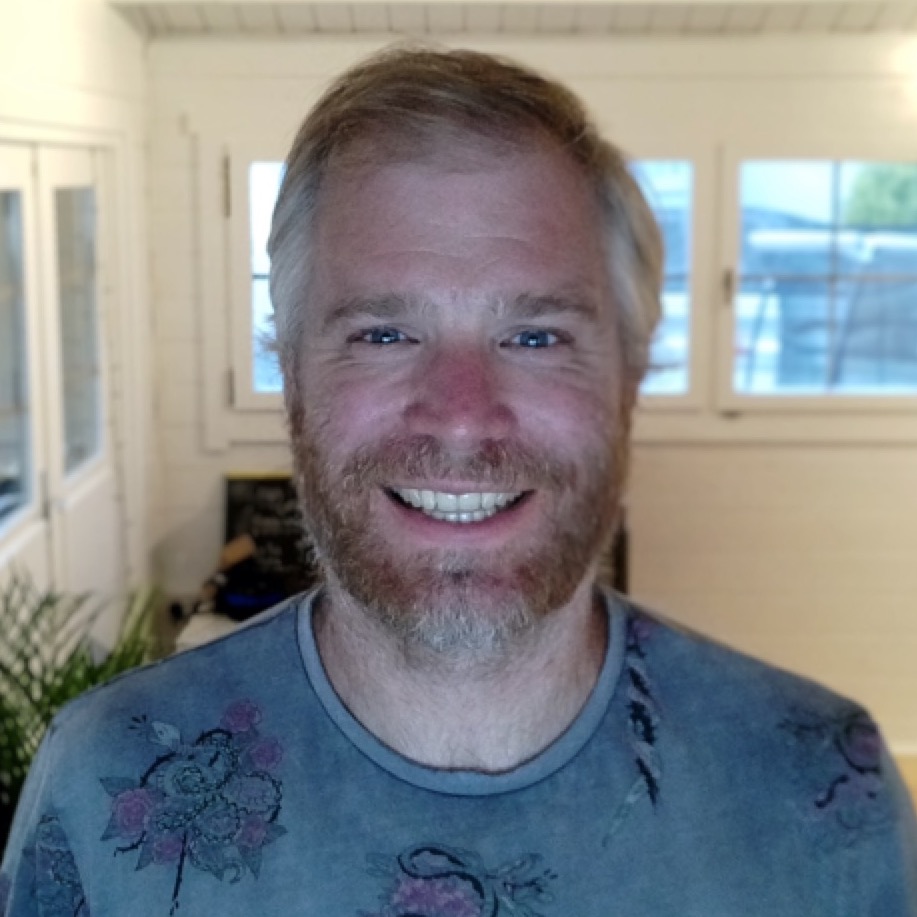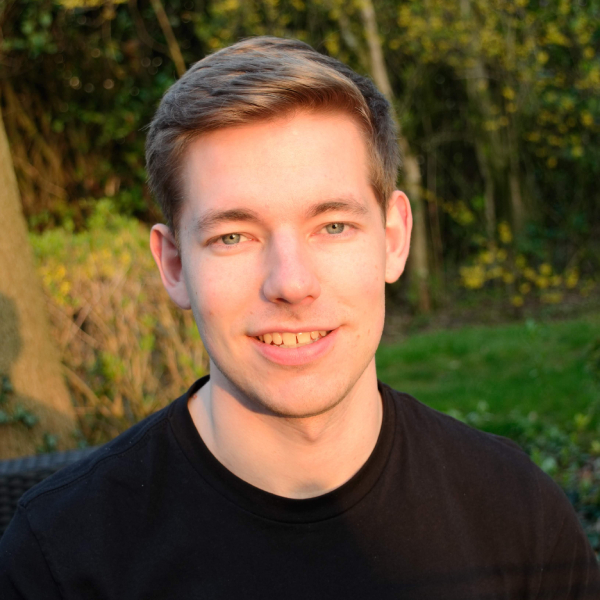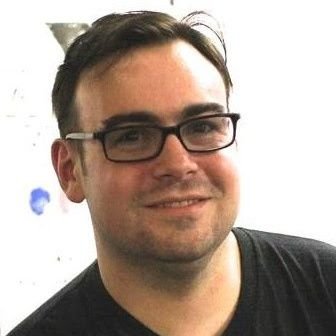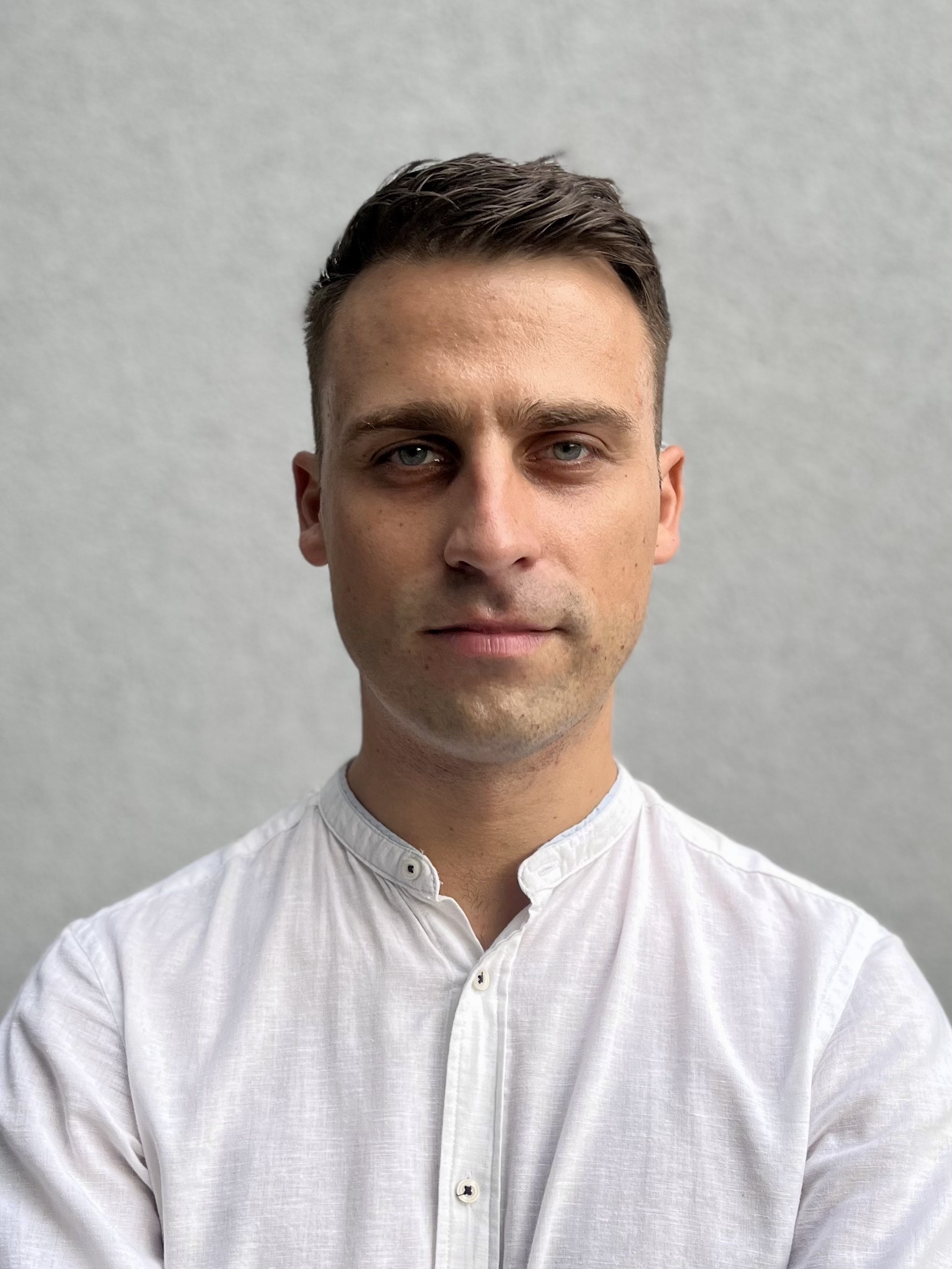Schedule
• Day 1 •
Sep 22 (Thursday)
| Time | Talk |
|---|---|
| 09:00 - 10:00 | Doors open & Breakfast |
| 10:00 - 10:30 |
Universal Design: A new process for better appsIn this talk, you will learn about Universal Design: what it is and what it isn't; the principles behind Universal Design; how it's already being used in other industries; and how you can apply some of these principles while building your apps for improved outcomes for all users. Melanie Sumner
Melanie is a decorated, disabled military veteran who decided to turn her hobby (writing code) into her second career after her enlistment ended. She now works as a Senior Engineer in Design Systems at HashiCorp. She is an active member of the Ember.js core team, a member of the WAI-ARIA working group, and a judge for the CSS Design Awards. She is also a member of the Open Source Foundation and the Long Now Foundation. |
| 10:45 - 11:15 |
{{should-avoid this.renderModifiers butHow=true}}The ember-render-modifiers README states that the modifiers are “very useful for quickly bridging the gap between classic components and Glimmer components, but they are still generally an anti-pattern.” It also says that you should “rethink your functionality rather than use these modifiers as a crutch.”. However, the README doesn’t give any real guidance on what we should do instead. In this talk I’m explain why these modifiers are problematic and explore the two main use cases I’ve seen ember-render-modifiers used for and how we can go about replacing them with modern Ember patterns that will set us up for success in the future. And finally, after this talk, we’ll have a resource to which we can point future engineers when they scratch their heads about how to avoid these modifiers. Aaron Chambers
Senior Product Engineer, helping enable engineers and increasing developer productivity @ Intercom. I help organize Ember Europe and I co-authored that deployment thing a while back. |
| 11:30 - 12:00 |
Building a phygital platform with Ember.jsHave you ever been to a museum where you used an app or touchscreen to deep dive into a subject? At Ocular, we build phygital applications for museums and showrooms, all with Ember.js. This talk will cover how we started with Ember.js, and how we went from physical installations to virtual showrooms. Dries de Lange
Front-end engineer, working with Ember.js for five years. At Ocular, I develop web-based applications for museums, exhibitions and company showrooms for various audiences. My goal is to build apps that are innovative, creative and helpful to people. |
| 12:00 - 13:00 | Lunch |
| 13:00 - 13:30 |
Two Ember Apps Become OneHave you ever imagined how you would be challenged to embed one Ember app inside another? Well, if you have, then you’re in luck and if you haven’t, buckle up, because it’s gonna be a weird 30 minutes! Just like every developer, here at Phorest, we are all dealing with the impact of legacy code. In turn this can lead to difficult decisions, but even more creative solutions. While migrating our entire system to a browser only product, we found a solution to embed our older Ember application into our current Ember application via… you guessed it… an iframe. With the tale of two apps becoming one, we can deliver a browser product to our users faster than ever. Alongside this, we will discuss the technical decisions made from rooting between the two applications all the way to standardising styles. What seemed impossible in the beginning now is a seamless experience of one magical Ember application inside another. Mo Fiebiger
Mo is a Software Engineer at Phorest Salon Software and her background is in visual arts and psychology. Before she started her masters in computer science, she had never written a single line of code. This was a challenge, but looking back, Mo feels taking the leap of faith was the best thing she has ever done. Now, Mo’s passion is being an advocate for diversity in tech and teaching others to grow their technical skills as a Co-host on Fizz Buzz Podcast. |
| 13:45 - 14:15 |
Bootstrap your dashboard the right wayDrawing on the web has never been straightforward, and multiple standards have been emerging to adress that complexity. Whether you decide to opt for the versatility of HTML canvas, or keep closer to the scalability and resilience of SVGs, choosing the right library to fulfill all product requirements can be dreadful. What are the critical questions to address when building a dashboard? How to keep accessibility in mind? And first of all, which library should you go for when working with Ember? Alexis Falaise
Hi ! I'm Alexis. I've been passionated with crafting intuitive interfaces for quite some time, and I'm now taking that passion to another level working at Qonto. I spend most of my time listening to (or making) music when not working on lines of code - when I can't do both 😄. |
| 14:30 - 15:00 |
Automated Visual Testing in EmberEmber gives developers the power to write tests and be confident about deployments. But have you ever made a change that broke your application layout while still passing all tests? In this talk we’ll explore the world of visual testing to keep your app pixel perfect and have that peace of mind when deploying. By the end, you should be able to understand how visual testing works and how to set it up in a reliable way, even for applications with complex data structures and time dependent logic. Ignace Maes
I’m a software engineer from Belgium. As a passionate developer I love all things tech and did projects ranging from back-end and mobile app development, to front-end development as well. I’m currently working at OTA Insight where I’ve had the pleasure to build ambitious web applications with Ember for 4 years and counting. |
| 15:00 - 15:30 | Snack break |
| 15:30 - 16:00 |
Panel: Data in Ember
|
| 16:15 - 16:45 |
Starbeam, and what it means for EmberYehuda Katz
Yehuda Katz is passionate about all things Open Source. He is one of the creators of Ember.js, a member of the Rust Core Team, and a retired member of the Ruby on Rails and jQuery Core Teams. He is a member of ECMAScript's TC39 standards committee, and a former member of the W3C's TAG (Technical Architecture Group). His 9-to-5 home is at the startup he founded, Tilde Inc.. There he works on Skylight, the smart profiler for Rails, and does Ember.js consulting. |
• Day 2 •
Sep 23 (Friday)
| Time | Talk |
|---|---|
| 09:00 - 10:00 | Doors open & Breakfast |
| 10:00 - 10:30 |
Routing in PolarisEd Faulkner
Edward Faulkner is a member of the Ember Core Team and the creator of Ember’s official animation library. His open source code is running on mainstream gaming consoles, major social media sites, and hordes of enterprise applications. His consultancy, Polynomial LLC, leads ambitious software projects for a diverse group of businesses and nonprofits. He was a research associate of the MIT Media Lab’s Social Computing group, and was a lead engineer at Akamai Technologies, where he built critical, internet-scale security infrastructure. He earned an MEng and BS in Electrical Engineering and Computer Science at MIT. |
| 10:45 - 11:15 |
Performance culture. New opportunities with EmbroiderPerformance culture is a unique culture that is not often seen among companies. Only the ones that care enough and invest time in it can see the benefits. Up until Embroider was released, the Ember community, even if wanted to embrace performance culture, wasn't able to actually iterate on the results. In my talk, I'll go through the goals we've set and how we accomplished some great results by using Embroider and Webpack. Our journey is not finished but I already have a bunch of tricks and prescriptions for you. I'll show what are the tools we use to make sure we keep the quality high. Tomek Nieżurawski
Tomek Nieżurawski, front-end dev by day, full-stack by night. Staff Engineer at Phorest. I love the Web and creating user-centric interfaces. In my spare time, I work on an app for dog owners. |
| 11:30 - 12:00 |
Test as if you're in someone else's shoesHaving Ember historically so closely modelled to Ruby on Rails, it is easy to also apply the same approach in writing tests for both. What has been shown in the last 10 or so years is that backends are fundamentally different from frontends. This fundamental difference also requires a fundamentally different approach to thinking about and writing tests. This shift in thinking can be difficult or underestimated by developers who come from a Rails/backend background, which is the case for plenty of Ember developers. The result is a vast and diverse pool of tests written using different patterns. At Intercom we have done testing with and without thinking about the user first. Inevitably a code base being worked on by many engineers brings many different patterns together. This results in a highly diverse test suite that a lot can be learned from. Taking stock of whatever is present and seeing how we can improve upon what exists following a set of guiding principles makes Intercom an org with ever improving code quality. This talk will bring some real world examples of patterns (good and bad) that live within the Intercom codebase today. We will (potentially) go over some refactoring of these real world examples to solidify the learnings and principles outlined in the talk. With anecdotal evidence it becomes easier to see the power and value of user centric testing. Floris List
Currently a Product Engineer at Intercom, naturally very curious with a drive to understand how great products are made from the ground up. On a continuous journey to thoroughly grasp the full stack of product development, from frontend to DevOps to shipping at scale to a hint of design. Beyond technical stuff he loves traveling across the globe and learning the different cuisines of countries he travels to (oh and coffee is great). |
| 12:00 - 13:00 | Lunch |
| 13:00 - 13:30 |
Move Fast and (Don't) Break Things by Gonçalo MoraisFeature flags are a common way to deploy ongoing work into production and keep it under radar until it is ready to be put in front of our users. The thing is: there is more thought that should be put into this practice, it’s not just about flipping a switch to turn a feature on. Developer experience can be greatly affected if a team doesn’t come up with processes around how to manage feature flags in an agile process. Cleaning up feature flags gets forgotten and complexity accumulates. And how about tests, how do you make sure all paths get properly covered? I will cover the good, the bad, and the ugly aspect of feature flags, how we can put them into place effectively and, as a bonus, the extra benefits we get from this. Gonçalo Morais
Gonçalo is a Portuguese computer engineer turned front-end developer, currently living in Lyon (France) and working at CrowdStrike. Recurse Center alumnus, codebar London co-organiser, amateur ultrarunner & climber, jack of all trades. Grows a beard most of the time. |
| 13:45 - 14:15 |
A framework for ambitious companiesWhen we started building Qonto, we knew that the default path of piling up features would lead to a codebase where it's hard to implement changes and easy to create bugs. That's why we adopted Ember.js. The framework provided us with stable foundations and consistent practices, making it technically easy for our team of 50 engineers to build new features or make improvements in any domain of our apps. Similarly, we know that the default path of growing a company by specializing teams leads to Big Company Disease. Attempts to create economies of scale cut the connection with customers. Focus shifts to defining scopes, setting up procedures, and standardizing work. Agile withers to solidified processes and tools, with little care given to individuals and interactions. Team mood suffers. What if we had a framework? Aymeric Augustin
I'm CTO at Qonto, the leading European business finance solution. I was a Django core developer for a decade, contributing to most components of the framework and also to the governance of the project. These days I'm focusing my open-source efforts on the websockets Python package. I spend most of my life keeping things as simple as they can be and making it easy for engineers to build good code. |
| 14:30 - 15:00 |
Bottled Ember - Batteries Included Web Framework, tiny tiny living spaceAll Ember addons come with the concept of a “dummy app”. This has been super useful to test our addons and has even been part of the reason why we have been able to support so many different versions of Ember from a single addon using ember-try scenarios. This talk gives a bit of detail on how things work with “classic” V1 addons and dummy apps and talks a little bit about why this can’t work for new Embroider V2 addons. I will then go into a detail on a particular setup that could bring the simplicity and magic of dummy apps to the standards focused Embroider world. This should make it super easy for developers to tests their apps in all the versions of Ember that they want to. Chris Manson
Developer at @Mainmatter, creator of Empress and member of the Ember Core Learning Team. |
| 15:00 - 15:30 | Snack break |
| 15:30 - 16:00 |
Lightning talks |
| 16:15 - 16:45 |
Panel: The Future of Ember
|
| 20:00 - Midnight | Dinner |